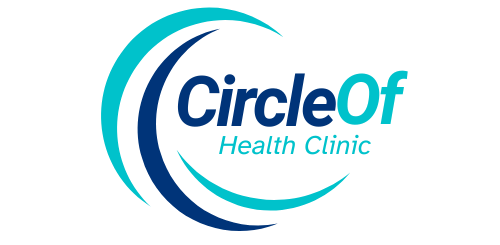Migraines affect millions and can be triggered by a variety of factors, including stress, hormones, lack of sleep, and sensitivity to light or sound.
While many look to neurological or hormonal causes, oral health often goes unnoticed in the migraine discussion. Dental issues, particularly involving the jaw and teeth, can lead to persistent headaches that mimic migraines.
For those who suffer regularly, the source of the pain might be much closer to the mouth than expected.
Signs Your Headache Might Be Dental-Related
Headaches tied to dental problems often carry overlooked signs that are easy to miss in daily routines.
Pain that begins near the temples, radiates through the face, or appears first thing in the morning could be a red flag pointing toward oral origins.
According to tannlegeteam.no, several indicators help connect the dots between dental issues and persistent headaches.
Visible Tooth Damage
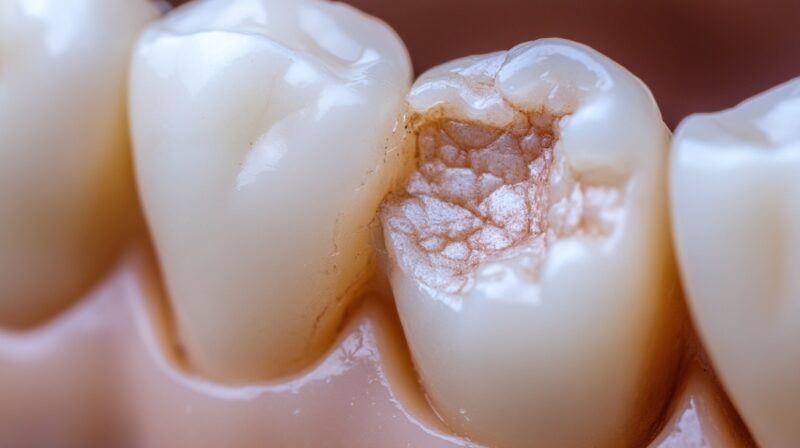
One of the first clues lies in the condition of your teeth. Flattened or cracked molars often suggest grinding or clenching, especially during sleep.
Sudden sensitivity to hot or cold drinks or foods also signals enamel wear, which can occur from jaw overuse or stress-related habits.
- Flat or worn-down molars
- Cracked or chipped teeth without clear trauma
- Sudden sensitivity to temperature changes
- Tooth enamel erosion
Such signs point to consistent strain on the teeth, typically caused by subconscious grinding, known as bruxism.
Facial Tension and Jaw Discomfort
Tension through the jaw and cheeks frequently mimics the pain profile of a migraine.
Pain may build slowly throughout the day, especially in those who clench their jaw when concentrating or under stress. Discomfort may also worsen after waking, signaling nighttime muscle contractions.
- Pressure around the temples or cheekbones
- Soreness when chewing or yawning
- Pain that radiates upward into the head
- Tightness around the jawline or temple area
Facial tension often goes unnoticed until it triggers more severe head pain.
Unexplained Earaches
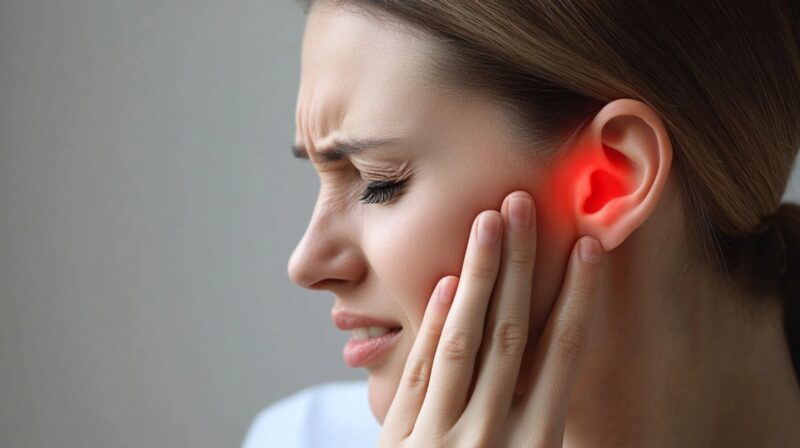
Pain near the ear without infection may confuse both patients and practitioners.
Since the temporomandibular joint (TMJ) lies just in front of the ear canal, any inflammation or dysfunction can press against nearby tissues, resulting in what feels like an earache.
- Dull or sharp pain near the ear without congestion
- Pressure near one or both ears
- Sensation of fullness despite no infection present
People experiencing these symptoms may be misdiagnosed until a dentist examines the joint and surrounding muscles.
Clicking, Popping, or Locking Jaw
Audible or tactile jaw noises often point to TMJ disorders, especially when paired with limited mobility or pain.
Any interruption in normal jaw function creates muscle strain, which can extend into the head and trigger tension-type headaches.
- Clicking or popping when opening or closing the mouth
- Occasional jaw locking in open or closed position
- Pain that increases with chewing or speaking
- Tension in the neck or temples
TMJ dysfunction may slowly progress, worsening over time if untreated.
Morning Headaches and Jaw Fatigue
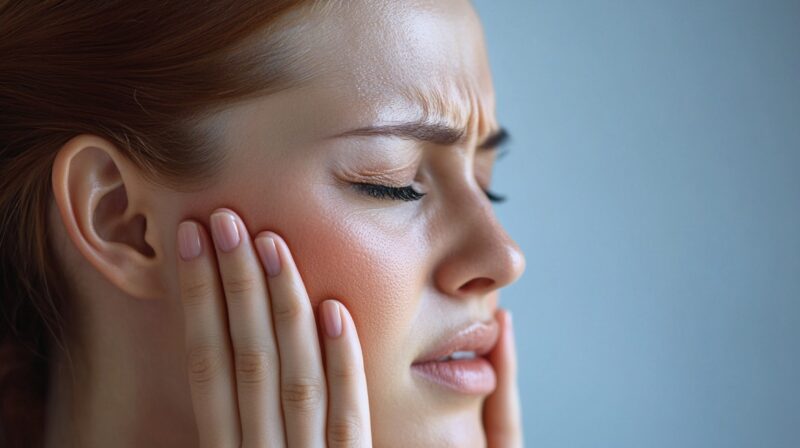
Pain upon waking is a strong clue that something occurred overnight. Nighttime grinding or clenching can exhaust jaw muscles, leading to fatigue by morning.
Discomfort often sets in before even getting out of bed.
- Headaches centered around the temples or forehead
- Stiff or sore jaw upon waking
- Pain that decreases slightly after stretching or jaw movement
- Teeth sensitivity after breakfast or brushing
Paying close attention to morning symptoms can help identify patterns linked to bruxism or TMJ-related conditions.
The Link Between Teeth Grinding (Bruxism) and Migraines
Bruxism, the unconscious act of grinding or clenching teeth, plays a major role in migraine-like pain. Often dismissed as a minor habit, bruxism can silently wreak havoc on the muscles and joints in the face and neck.
While it frequently occurs during sleep, it can also manifest during waking hours due to stress, anxiety, anger, or the use of certain medications.
Bonus tip: Did you know that Excedrin can help soothe your headaches and migraines?
Sleep apnea, jaw misalignment, and excessive caffeine or alcohol use can also contribute to the onset of this condition.
Consistent grinding places unnatural pressure on the temporomandibular joint (TMJ) and the muscles that surround it.
That pressure leads to inflammation, tightness, and muscle fatigue. As those jaw muscles strain and fatigue, the resulting discomfort frequently spreads toward the temples and forehead. What follows often feels like a migraine, especially when pain pulses and limits concentration.
As symptoms pile up, several warning signs often show a clear link between bruxism and migraine-like pain.
- Tightness or pressure in the temples
- Facial pain or jaw soreness upon waking
- Clicking or popping in the jaw joint
- Difficulty fully opening or closing the mouth
- Grinding noises noticed by a partner during sleep
- Tooth sensitivity without visible cavities or damage
Symptoms of bruxism often mirror those of both migraines and tension headaches. Pressure behind the eyes, forehead tightness, and throbbing pain along the temples make it difficult to determine the exact source without professional input.
Unlike classic migraines that include nausea, vomiting, or visual disturbances, bruxism-driven discomfort usually sticks to the facial and jaw areas, without additional neurological symptoms.
Tension-type headaches, a common result of chronic grinding, tend to feel like a tight band squeezing the head. Those headaches often emerge after a long day of jaw clenching or after waking up with sore facial muscles.
While they may not carry all the features of a traditional migraine, they can be equally disruptive.
Dental Conditions That Could Mimic or Trigger Migraines
Dental problems often cause head pain that closely mirrors migraine symptoms.
In some cases, the discomfort can spread far from the source, leaving many unaware that their teeth or jaw are to blame.
Several conditions are worth attention, and a closer look helps reveal possible causes.
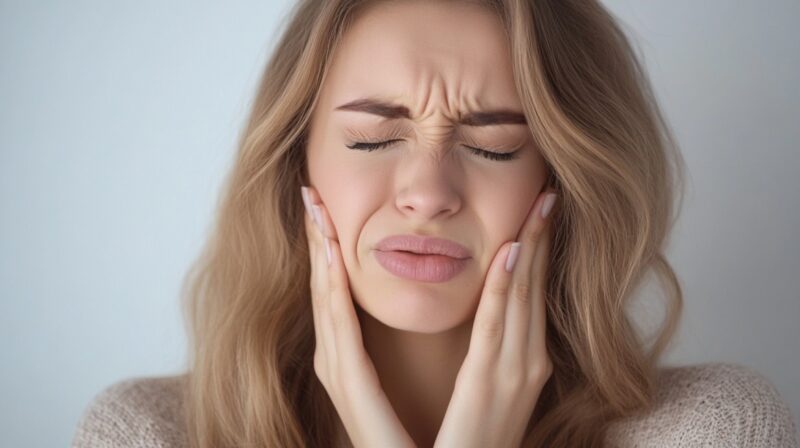
- Tooth infections and abscesses: These often cause sharp, throbbing pain that radiates to the head, eyes, or sinus area.
- Wisdom tooth issues: Impacted or infected wisdom teeth create pressure in the jaw, radiating through nearby muscles and nerves.
- Missing teeth or bite misalignment: When alignment is off, the jaw must work harder during chewing and speaking.
- Jaw overuse habits: Constant gum chewing or chewing unevenly places extra tension on one side of the face.
- TMJ disorders: Often caused by poor alignment or prolonged stress, temporomandibular joint dysfunction leads to inflammation and muscle tightness.
- Identifying dental-related triggers can be difficult, especially when pain radiates and overlaps with other symptoms.
When to See a Professional
Persistent or recurring headaches accompanied by jaw pain, facial tension, or dental discomfort deserve professional evaluation.
Dentists can assess signs of grinding, alignment issues, and potential infection. Medical providers help rule out neurological causes or systemic conditions that contribute to head pain.
A migraine diary offers valuable insights. Tracking when the pain occurs, how long it lasts, and what activities or foods precede it may uncover patterns. Waking up with headaches, for instance, often points toward nighttime bruxism or jaw tension.
Any sudden or severe change in headache pattern should prompt immediate attention. Symptoms such as blurred vision, vomiting, loss of consciousness, or confusion signal medical emergencies and require urgent care.
Early diagnosis can prevent worsening symptoms. Collaborative care involving both dental and medical professionals increases the chances of identifying the root cause and forming an effective treatment plan.
Final Thoughts
Persistent headaches don’t always begin in the brain. Teeth and jaws can be silent contributors to migraine-like pain, often overlooked in diagnosis.
Recognizing dental symptoms and seeking timely care can lead to relief that medication alone fails to provide. Routine dental check-ups serve as more than a cleaning appointment.
